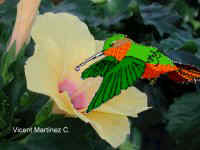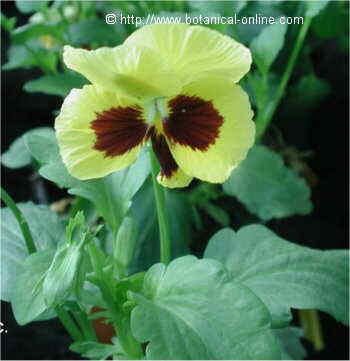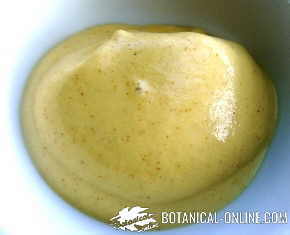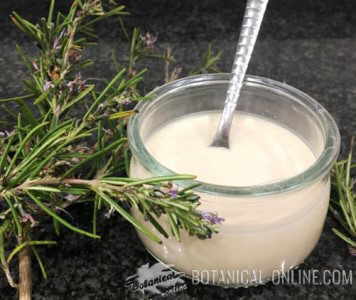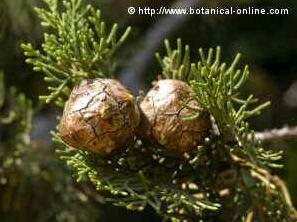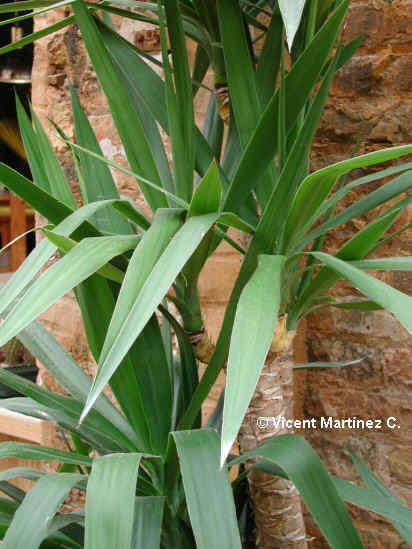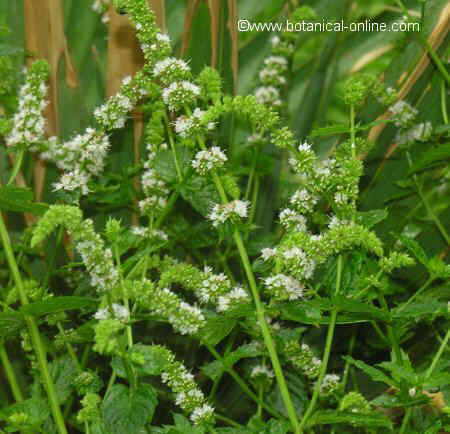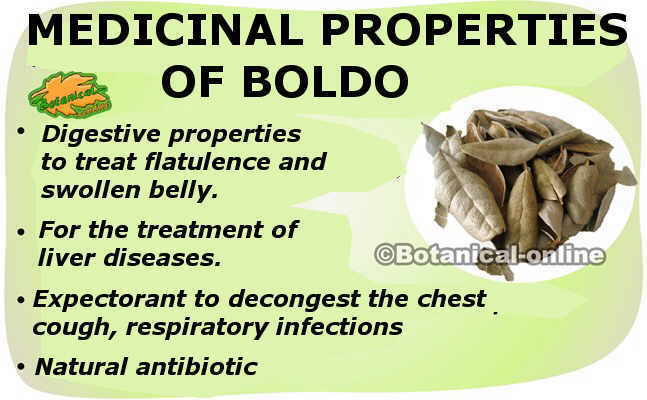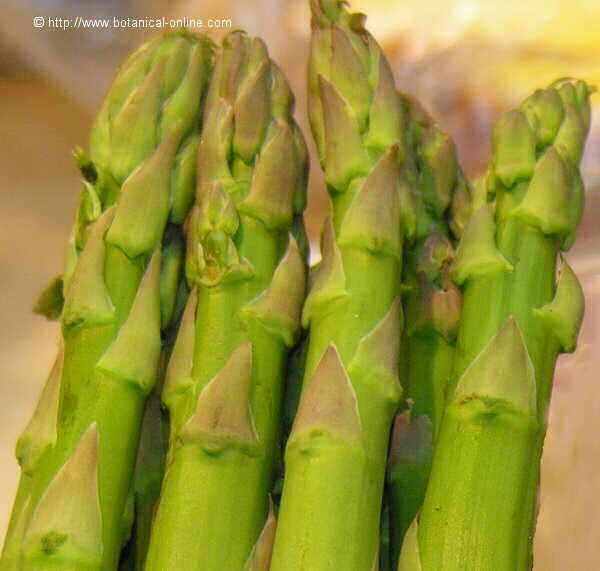Contents
How flowers are adapted to the environment
ADAPTIONS OF FLOWERS
What are the main adaptations of flowers?
Flowers present characters that show adaptations specially carried out for a more appropriate pollination. Among these we could mention the following ones:
Flowers pollinated by the wind (wind pollination)
It is calculated that 20% of the European species are pollinated by the wind. The anemophillous pollination or pollination carried out by the wind, arise from the necessity that plants have of adapting to some cold environmental conditions, where few pollinator animals exist.
Among the main ones characteristic that possess the flowers pollinated by the wind we could mention:
- A very small number of ovules and an immense number of of grains of pollen that increases the probabilities that a plant can be pollinated. It is calculated that a hazel tree (Corylus avellana L..) porduces about 500 million grains of pollen a year.
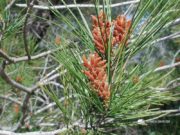
Male Flowers of a Mediterranean pine (Pinus halepensis Miller) in spring. When moving the branches, if the flowers are mature, a cloud of pollen is produced
- The grains of pollen of these plants are smaller, slighter and they present a flatter and drier surface, factors that facilitate the transport at big distances. We have, for example, the big emanations of pollen that take place at the forests of coniferous in spring or those of the cereals in summer.
- These flowers don’t present petals neither nectaries since they should not attract the insects, the flowers appear usually gathered in catkins, some very peculiar structures, which being much more flexible than those of normal flowers, allow to be moved by the wind, removing the pollen.
Pollination accomplished by animals
Most of the species of superior flowers are pollinated by animals. These flowers present some different adaptations to those previously seen:
- The grains of pollen are bigger, they also contain sticky substances or gripping structures to be hooked to the bodies of the animals.
- These plants have developed structures in their flowers with the only purpose of attracting pollinators: Petals present a very distinctive coloration. These are sometimes substituted by pieces of the calyx that change the green color for other more attractive to insects that petals, which are called tepals.
We would have examples like those of the tulips (Tulipa) or buganvilias (Bouganvillea). Other times, instead of petals or sepals, some adapted leaves, called bracts, carry out the same function. The most famous are those of the well-known Easter flower or Poinsettia (Euphorbia (Poinsettia) pulcherrima), which has been forced to develop some very attractive reddish bracts that simulate petals, since this plants possesses very small and not very showy yellow flowers.
- Besides the sense of the view, many pollinators, such as the insects, are attracted by the smell. Many plants, not very attractive for their colors, produce certain scents very pleasant to the animals which are attracted by them.
- Sight is the third sense animals possess. To attract them plants have developed some special organs called nectaries. Generally these they are in the base of the petals, although many plants have them much more hidden and they appear at the end of the spurs of the flower, like it is it is case of Larkspur. (Delphinium).

Hibiscus (Hibiscus rosa-sinensis) are plants pollinated by humming birds.
The pollen is an element that attracts many animals that feed of him. Many plants produce bigger quantities than those strictly needed for reproduction in order to feed certain animals. At the same time, if these are fed with the spare pollen they respect other parts of the flower that could be vital for the reproduction.
What are the main pollinator animals?
Birds: They are those that pollinate the big tropical flowers. These are fundamentally humming birds who, that with their long beaks can extract the nectar, at the same time their peculiar flight form allows to fly over the flowers the necessary time without landing on them, a fact that will surely ruin them.
Mammals: Night flowers are pollinated by bats. They don’t present colors, but big quantities of pollen. They are flowers that appear hanging and separated from the leaves to allow the bats to differentiate them without colliding with the rest of elements of the plant. Among these plants we would have the baobab. (Adansonia)
* Related information: Adaptations of cacti, Adaptations of leaves
![]() More information about plants.
More information about plants.

